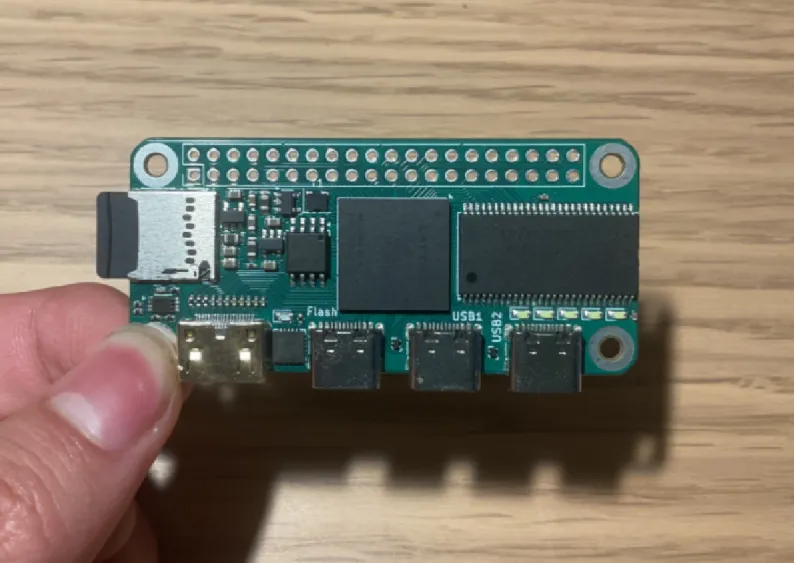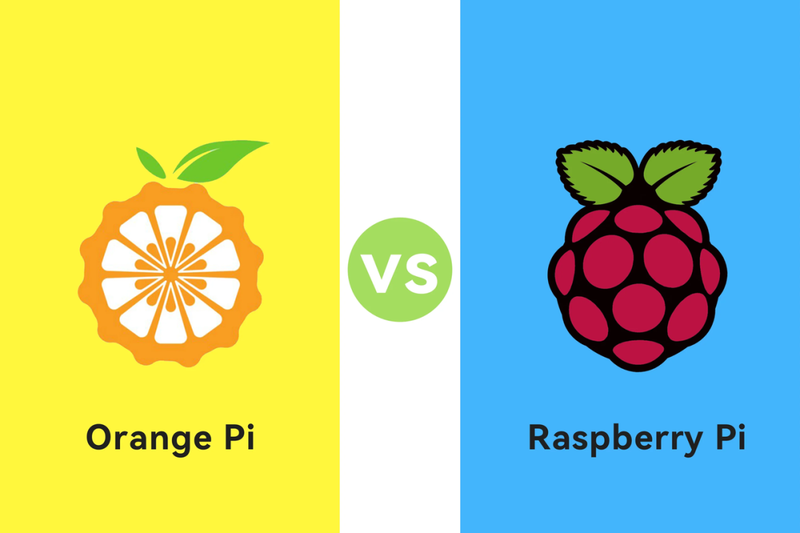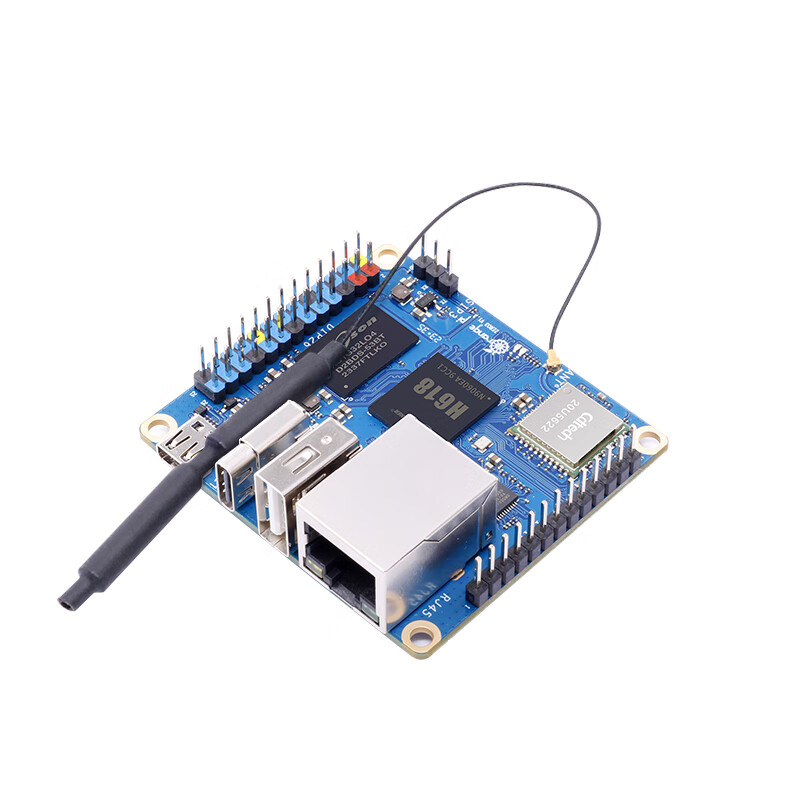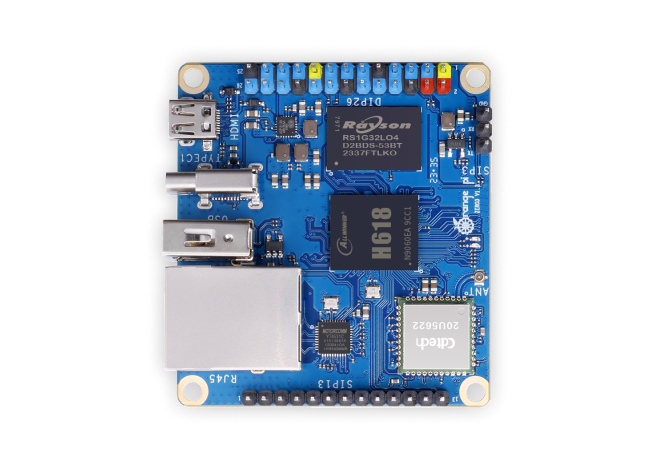I. Introduction
PT1000, a type of resistance t.noitceles emperature detector (RTD), is widely used for temperature measurement in various industries. Selecting the appropriate PT1000 for a specific application is crucial to ensure accurate temperature measurement and reliable operation. Here are some key factors to consider when making this selection.
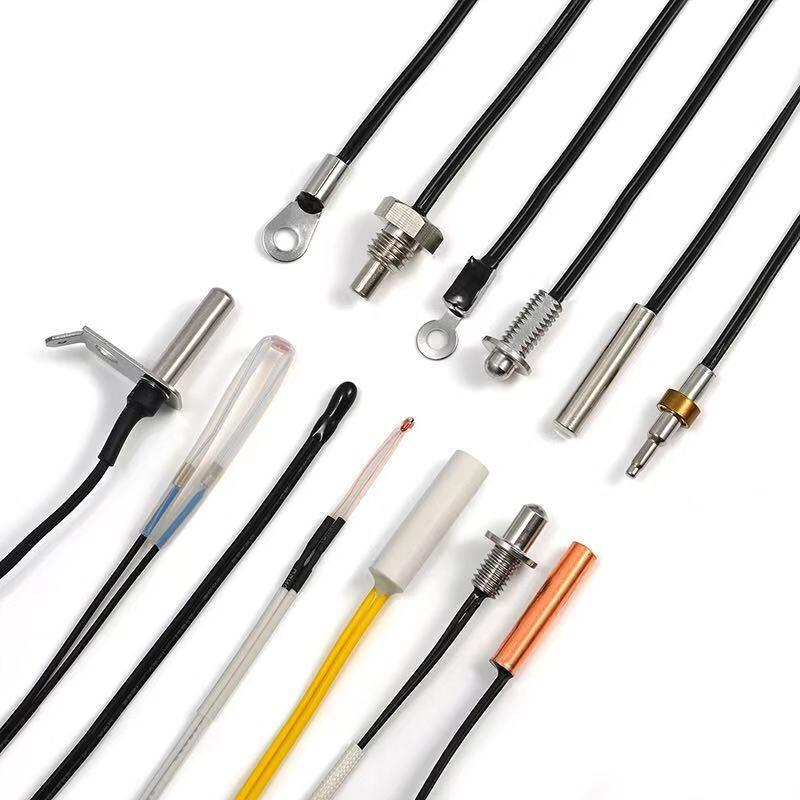
II. Temperature Range
A. Understanding the Application's Temperature Requirements
The first step in choosing a PT1000 is to determine the temperature range of the application. Different applications have different temperature requirements. For example, in a food storage freezer, the temperature may range from -20°C to -10°C, while in an industrial furnace, the temperature can reach several hundred degrees Celsius.
B. Selecting a Suitable PT1000
PT1000 sensors are available with different temperature ranges. It is essential to choose a sensor whose temperature range covers the expected operating temperature of the application. For instance, if the application requires measuring temperatures up to 500°C, a PT1000 sensor with a high - temperature rating should be selected. Using a sensor with a limited temperature range may lead to inaccurate measurements or even damage to the sensor.
III. Accuracy Requirements
A. Defining the Required Accuracy
The accuracy needed for the temperature measurement depends on the nature of the application. In some precision manufacturing processes, such as semiconductor production, a high level of accuracy (e.g., ±0.1°C) may be required. In contrast, in general - purpose heating, ventilation, and air - conditioning (HVAC) systems, an accuracy of ±0.5°C to ±1°C may be sufficient.
B. Matching the Sensor's Accuracy
PT1000 sensors come with different levels of accuracy. Higher - accuracy sensors are typically more expensive. Therefore, it is important to balance the accuracy requirements with the cost. Select a PT1000 sensor that can meet the accuracy needs of the application without over - specifying, which would increase the cost unnecessarily.
IV. Environmental Conditions
A. Harsh Environments
If the PT1000 will be used in a harsh environment, such as one with high humidity, corrosive substances, or strong vibrations, special considerations are necessary. For example, in a chemical plant, the sensor may be exposed to corrosive chemicals. In this case, a PT1000 with a corrosion - resistant housing or coating should be selected.
B. Protection against Contaminants
In dusty or dirty environments, the sensor should be protected from contaminants. Some PT1000 sensors are designed with protective covers or enclosures to prevent dust and dirt from affecting the sensor's performance.
V. Response Time
A. Application - Specific Response Time Needs
The response time of a PT1000 sensor refers to the time it takes for the sensor to reach a certain percentage (usually 90%) of the final temperature value after a temperature change. In applications where rapid temperature changes occur, such as in fast - moving industrial processes or in dynamic thermal control systems, a PT1000 with a short response time is required.
B. Selecting Based on Response Time
The response time of a PT1000 can be affected by its size, construction, and the type of packaging. Smaller sensors generally have shorter response times. Therefore, when rapid temperature measurement is crucial, a smaller - sized PT1000 should be considered.
VI. Electrical Connection and Compatibility
A. Connection Type
PT1000 sensors can be connected using different methods, such as 2 - wire, 3 - wire, or 4 - wire connections. The choice of connection type depends on the application and the measurement system. For example, a 4 - wire connection provides the most accurate measurement, but it may be more complex to install. A 2 - wire connection is simpler but may introduce more measurement errors due to lead resistance.
B. Compatibility with the Measurement System
The PT1000 sensor should be compatible with the measurement system, such as the temperature controller or data acquisition device. Ensure that the output signal of the PT1000 can be properly processed by the measurement system.

